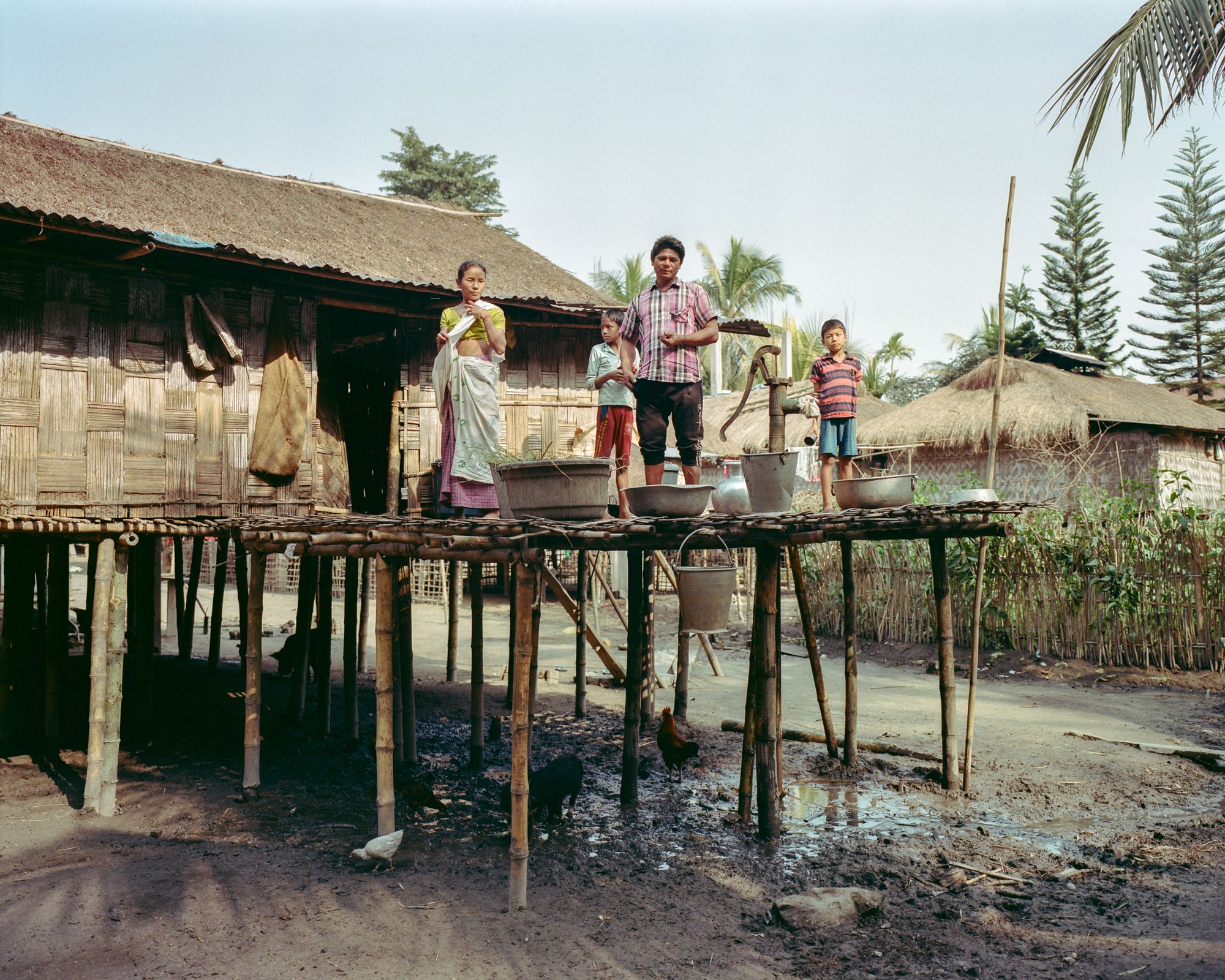It all started as a holiday and turned into a career-defining project. András Zoltai, photographer, first visited Northeast India in early 2020, where he found something worth waiting a year and a half to return to, and then, despite the travel difficulties caused by the pandemic, to visit again with his camera: the island of Majuli.
I had never heard of Majuli before. To be honest, I couldn’t really list any river islands, apart from Margaret Island and Szentendre Island. Then I met Andris, who as it turned out had already been to India three times, spending much of his time on Majuli, the world’s largest river island in the Brahmaputra River.
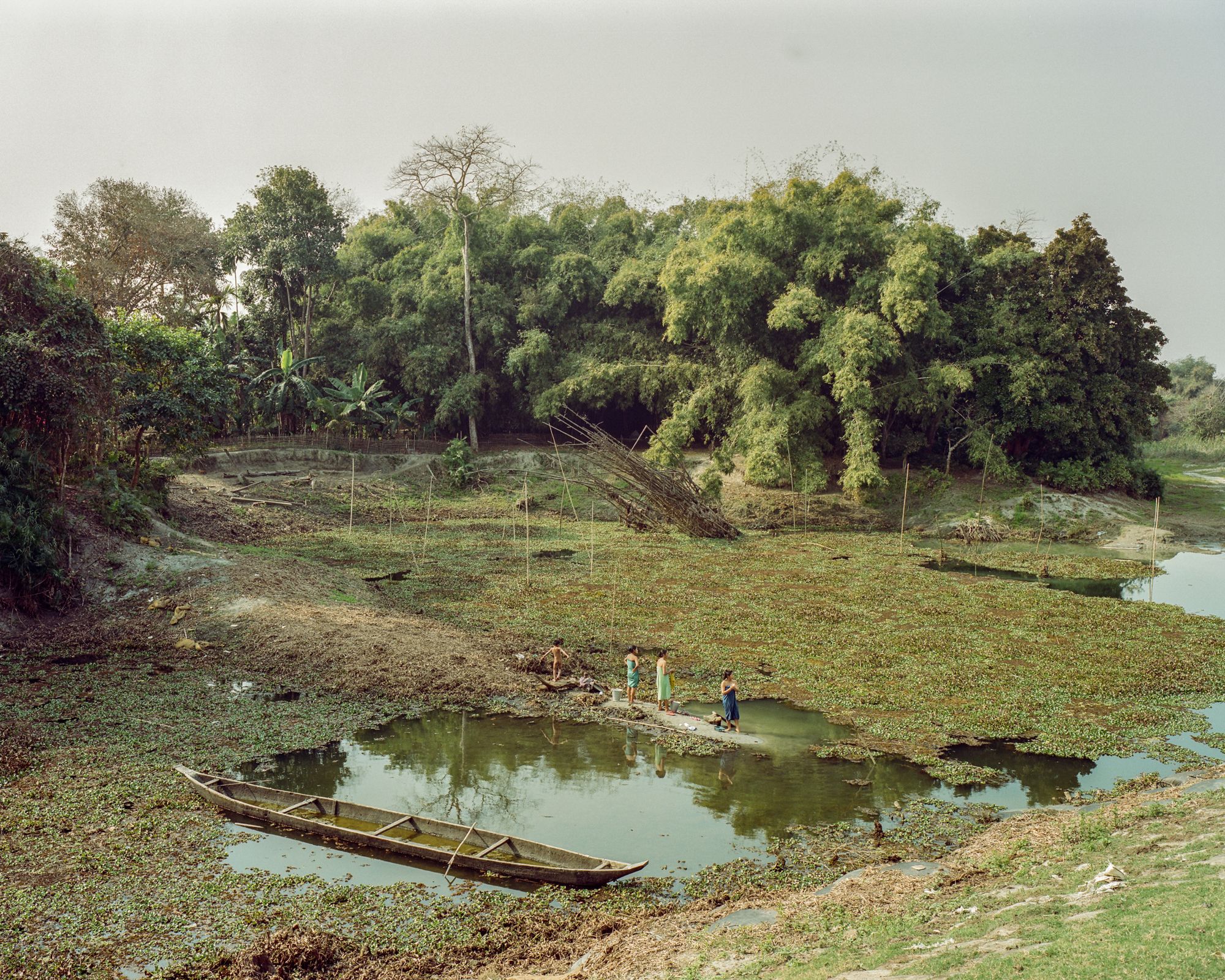
Located on a river with an average width of 5.46 kilometers (for comparison, the Danube at the Chain Bridge is 350 meters wide), the island is home to almost 170,000 people, but erosion has halved its area over the 20th century—which of course greatly affects the lives of the locals.
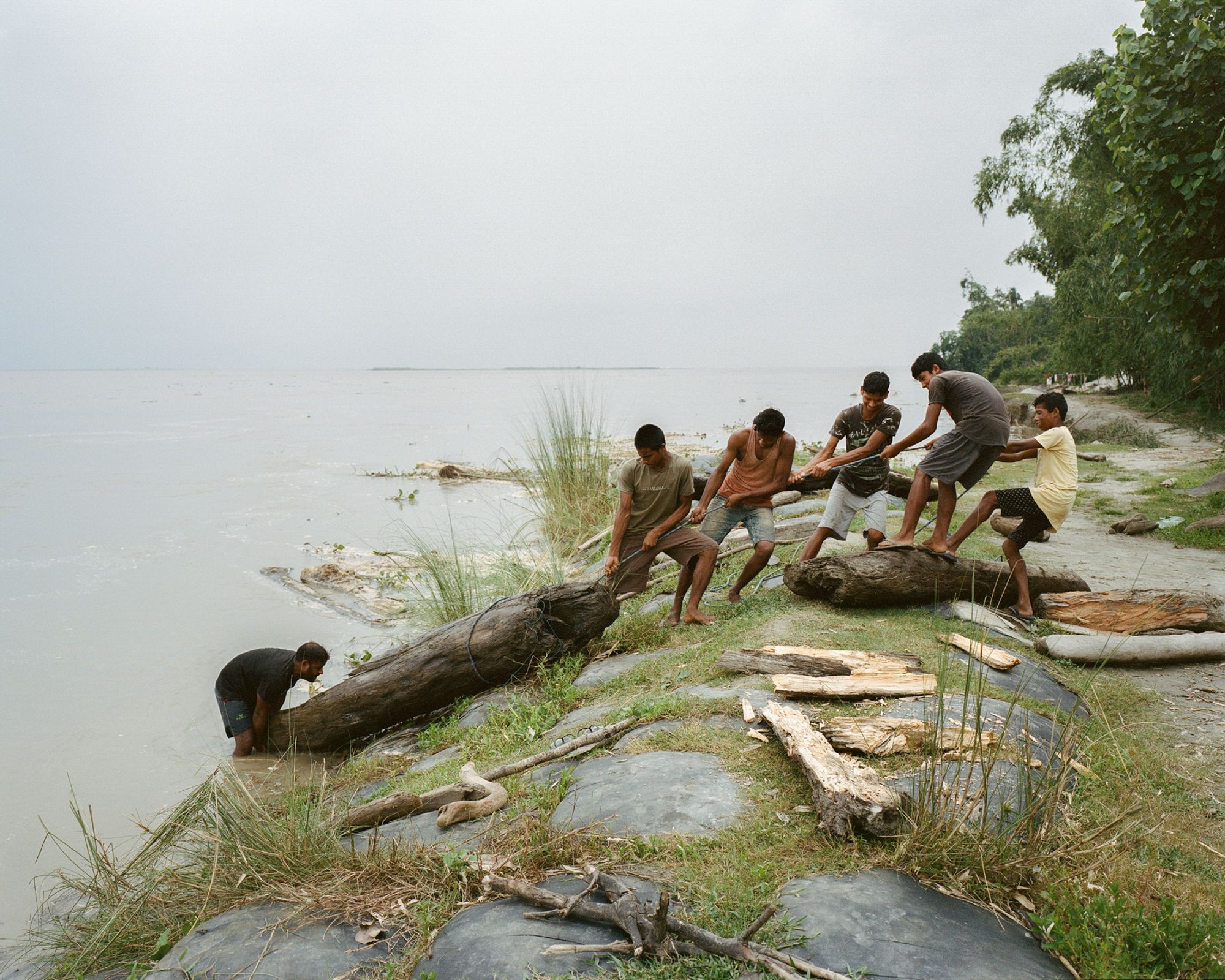
”The island’s ecosystem is becoming completely disrupted. Climate change, accelerating melting of the Himalayan ice, disrupted monsoon cycles, and flash floods are all affecting the lives of the 27 million people who live in the river valley. Locals are on the one hand exposed to this situation, their lives are a constant struggle, but meanwhile, they continue to live off the water, in harmony with the water, they are ’river people’. I find this contrast very fascinating and I try to convey it through the language of documentary photography”, Andris briefly summarizes the aim of the project. But the photos are more than just that: they are not intended primarily to reinforce the narrative of climate change, but to provide a more sensitive and humane approach to the problem. But first, let’s explore their background.
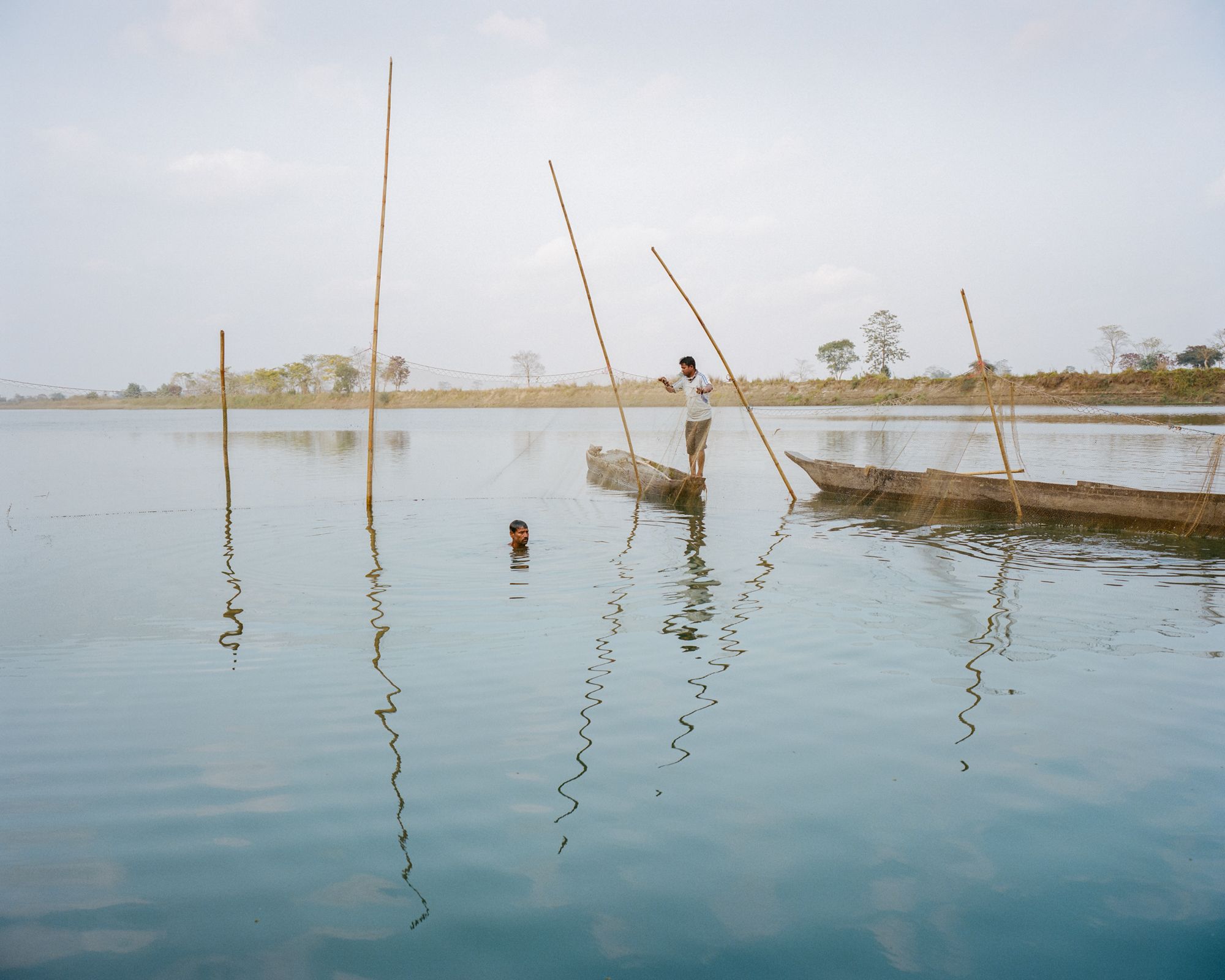
He first visited Majuli in 2020 on the recommendation of his friends, after a 20-hour train journey across India’s Asamut state. The island’s atmosphere completely captivated him: he cycled fifty to sixty kilometers a day to fully explore the area, and he practically became one of the locals. And when he returned home, he started to submit the photos he had taken there to different competitions. First, he won grants from Kodak Professional Europe and the Spanish Carmencita Film Lab. ”This was the first very good feedback that the project was worth doing. They agreed to pay for the film and lab costs, which is a considerable amount these days, but they said I had a year to complete the photos, which seemed quite impossible during Covid: India was completely locked down at the time. It was a very difficult period for me: I wanted to devote all my energy to this project, but I couldn’t get started. Then, almost a year later, I won the Pécsi József Photography Scholarship (a grant from the Ministry of Culture and Public Education—ed.) and I felt that if the five-member curatorial team had given it their trust, I had to somehow get to India and continue,” says Andris, who after a year and a half finally succeeded. He notes jokingly that ”he put more work in getting the visa than in taking the pictures”, which he finally managed to get with the help of an invitation letter from an Indian university, so he could finally leave in July.
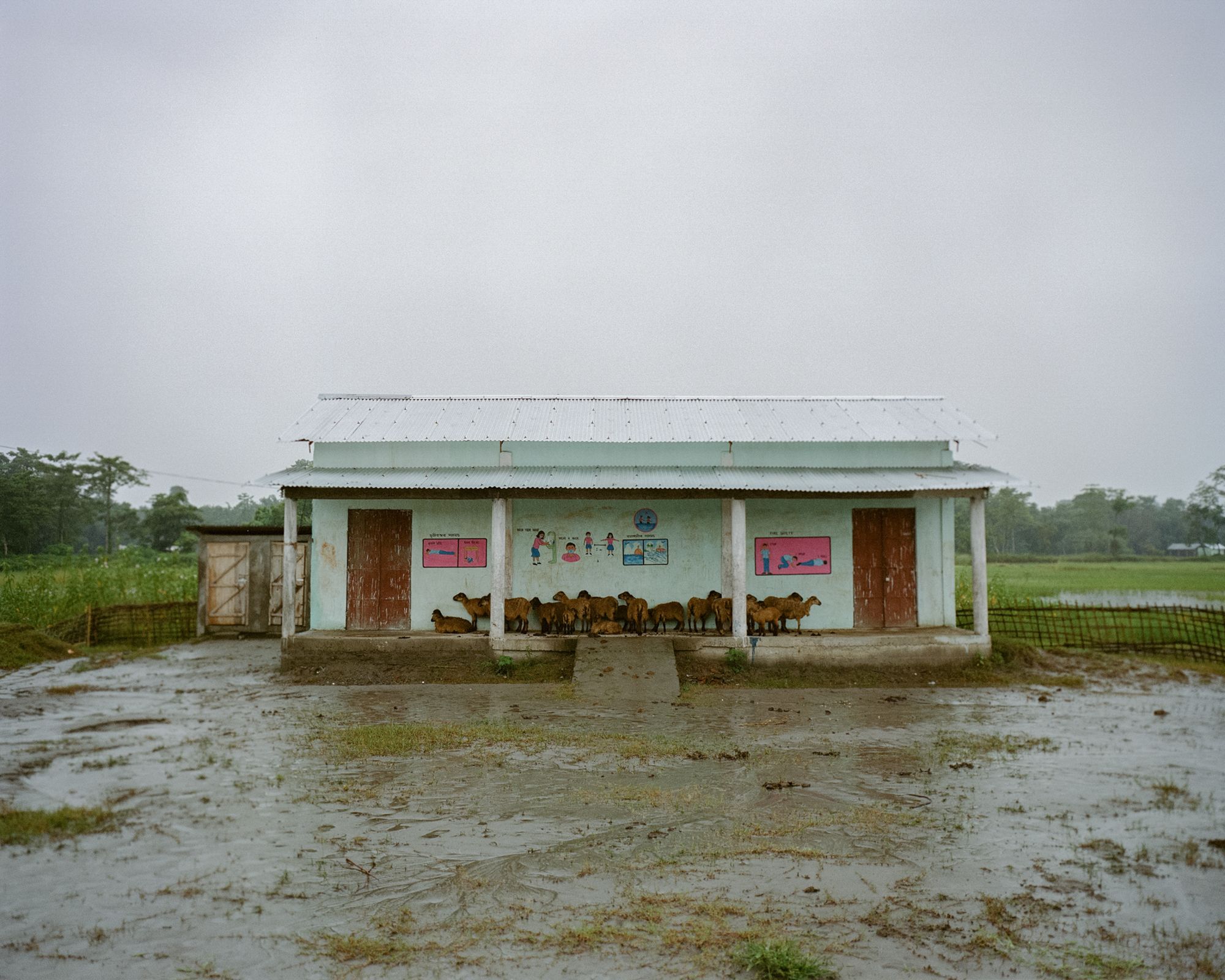
The choice of date was not just at random: Andris, who had first visited the island during the dry, winter season, now planned to return during the summer monsoon to capture the opposite side of the calm preparatory period: the daily life during the flood. But nature took a different turn: for during the 40 days he spent there, there were only two or three rainy days. The locals, who are quite seriously affected by this, as it has an impact on the whole year’s harvest, did not despair. Just as they adapt to the monsoon and the overall shrinking size of the island, they adapted to this situation as well. So too did the photographer, who, in another peculiar period, got even closer to the locals, taking interviews and portraits.
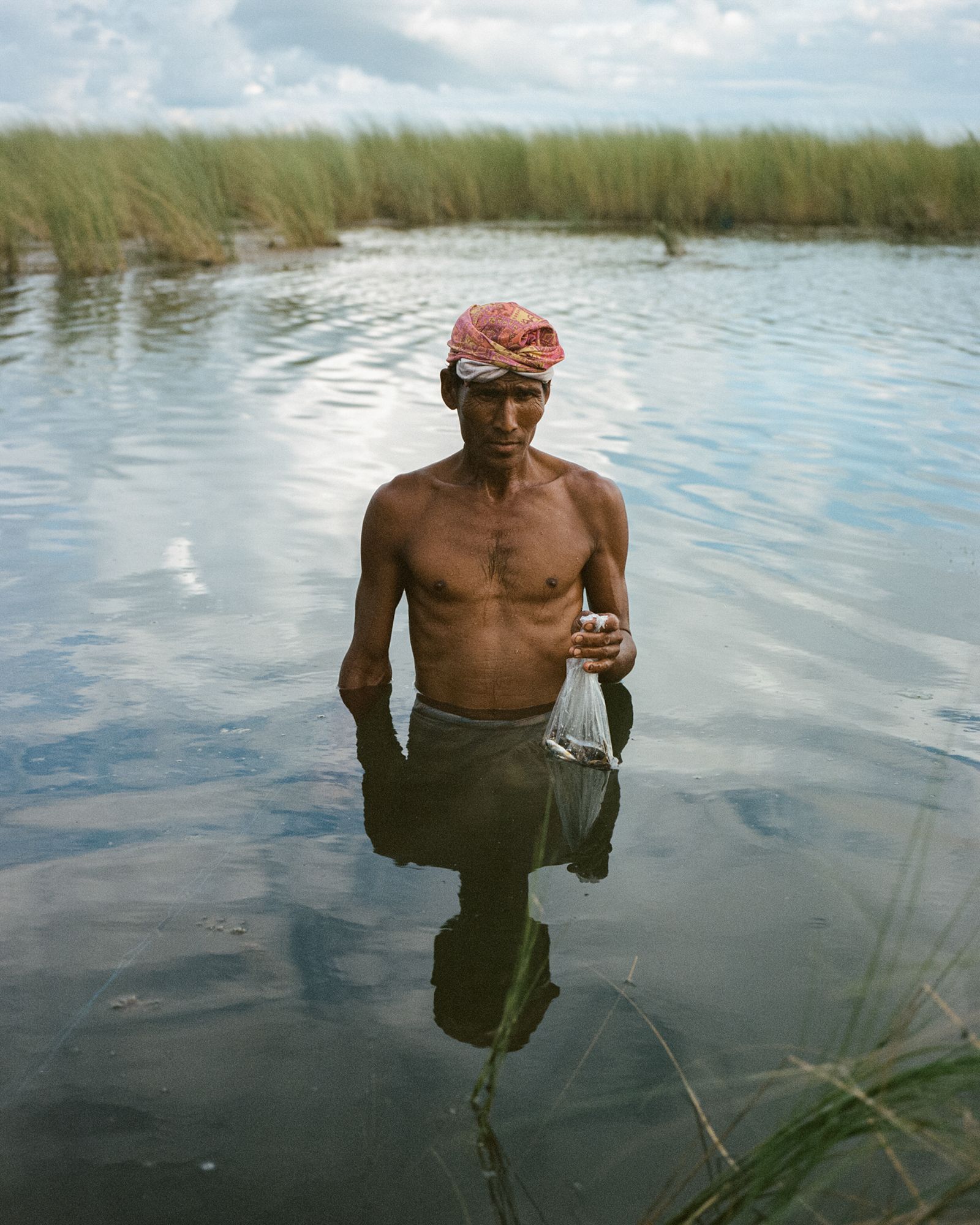
Despite all this, and the considerable research that preceded the trip, Andris stresses that this is neither an anthropological study nor a mere documentation of a climate disaster. ”If we go to the ends of the earth, we are unlikely to meet people living in urban environments like ours. And soil erosion is affecting most major rivers; we can see scenes on the Mekong River where the banks are collapsing before our eyes. The question for me is how I can tell stories about people with these pictures, and focus on personal stories in this situation, rather than dehumanizing the phenomenon by photographing the floodwaters sweeping away houses and the riverbank collapsing.”
”I am primarily motivated by how I can develop a real connection with a community I have no prior ties to, where I have only formed close bonds with the locals during my stay. This is what my last, third trip was mainly about. I stayed with two families the whole time, waking and sleeping with them, eating, drinking, laughing and grieving with them, practically taking part in the most important moments: taking the kids to school on a scooter, going to buy fish for dinner, or simply watching what was happening in the rice fields or on the river banks. This often resulted in banal scenes because of language barriers, but nevertheless, I formed incredibly intimate and deep bonds with people and families. I would still like to understand what they think about the energies that surround them, what the river means to them, and to visually convey and present all the subtleties of these.”

Indeed, it is not the fact of environmental catastrophe that captures the viewer in these photographs of lyrical atmosphere: despite the river as a constantly changing element in the background, they emanate calm and constancy. Andris also tells us something that partly explains this. ”There are people who have moved fifteen times in their lives, and if you ask them why they don’t leave the island, they say: why would we move? We are water people, we live here, from this water, from the river. These people will still be living here in two hundred years, whether there is an island or not. I asked them this, by the way: do they think there will be an island in twenty years’ time? And as I went inland, I kept getting more and more the answer: why not? It’s true that they build the dikes, they carry the sandbags, but that’s not what they do every day. This is also the view of the ruling political powers, who have invested a lot in the island’s infrastructure. During my last stay, the foundation stone and the first pillar of the nearly 5 km long bridge to the island were inaugurated, which will change the future of the island significantly. In fact, to my surprise, a lot of new roads have been built since the summer and they will start to reinforce the dykes in the coming period.”
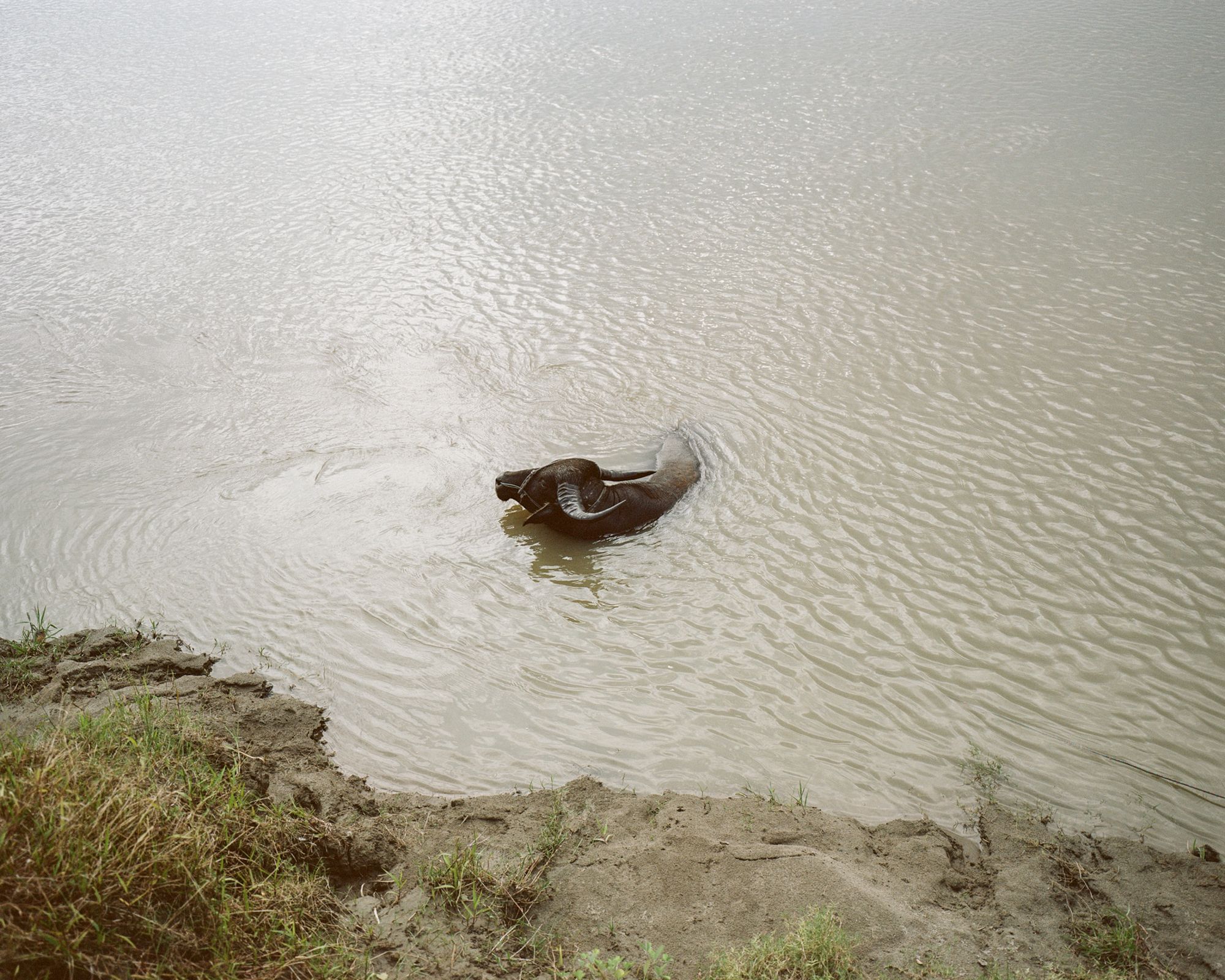
Photographing an ecological, climate change-related subject is a long-term project, as only by going back over and over again can you see the changes that the phenomenon is causing—if it is causing them at all in the way the photographer had anticipated. Andris feels the same way about Majuli: he returned for the third time in November this year and does not rule out returning in ten years’ time. As he becomes more deeply involved in the life of the community, he is discovering how much the narrative and approach can change. Moreover, Majuli is an important point in both his personal and professional development: he wants to understand not only the community, but admittedly himself.

”You do everything a small bit for yourself, so it’s also a pathfinding journey for me. I want to find my own documentary, my own artistic language. And I love travelling, it’s always an adrenaline rush to get so far away geographically and get out of the daily routine. But I don’t want the project to turn into a simple holiday. I also feel a sense of mission, like I’m the link between the two worlds: that this is a story waiting to be told. The way it really happens: not manipulatively, but in a simple, honest way, yet contextualized. If I can find a way to do that, I will be able to speak to people in a way no one else can, and then it will be interesting not only for me, but for them too.”
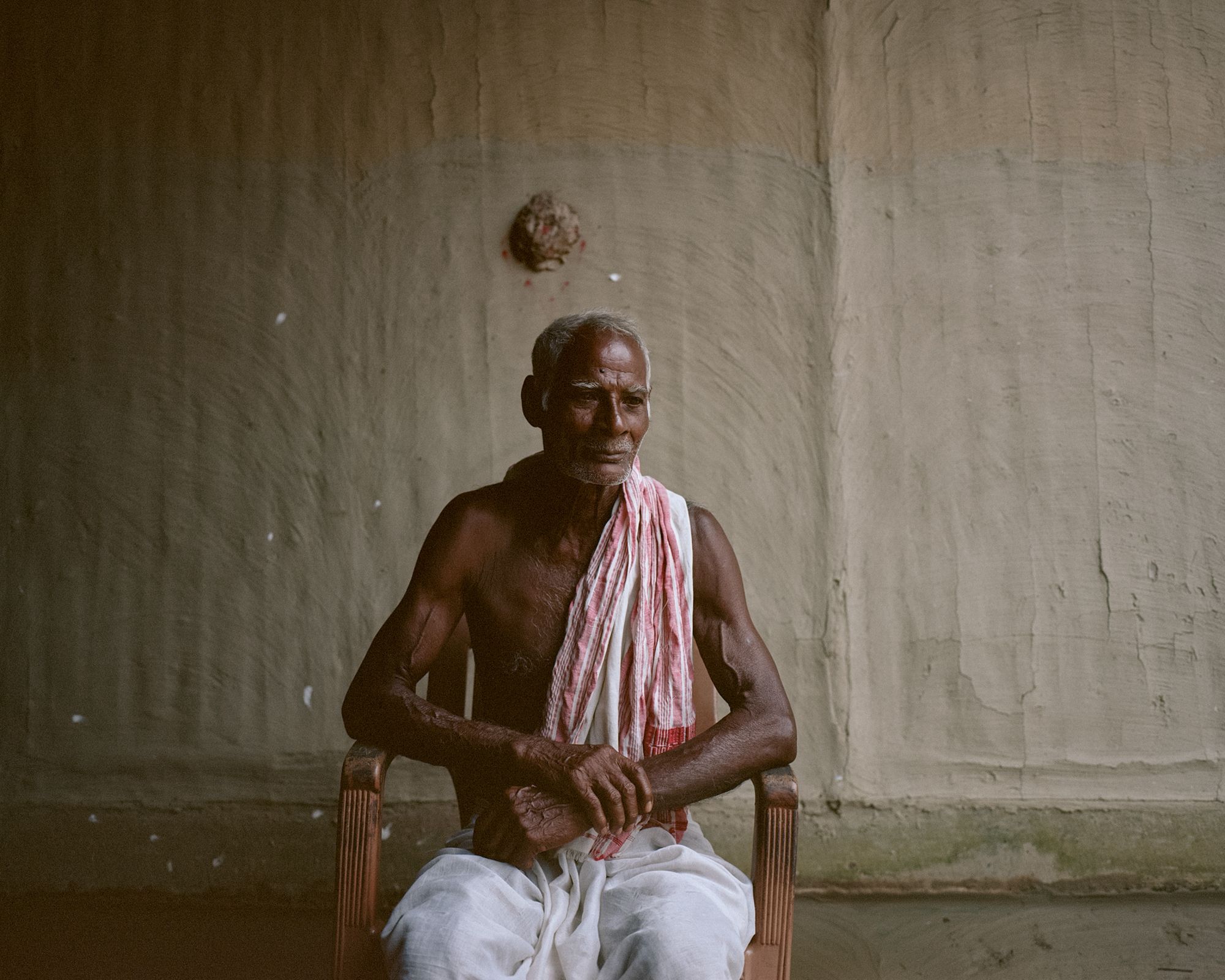

The customer’s journey: serpentine or highway? | Frontira x HYPE
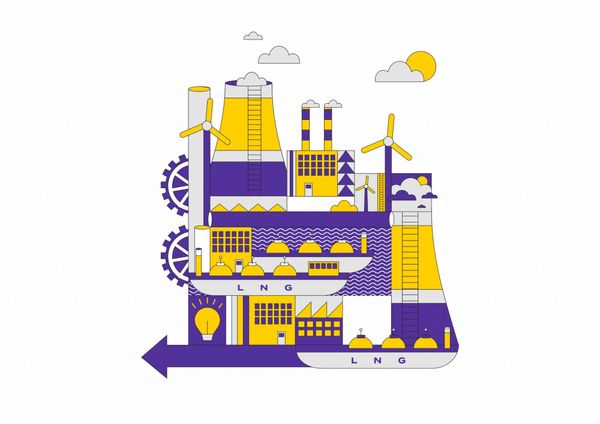
Communication is the path to innovation in the region | Interview with Claudia Patricolo










